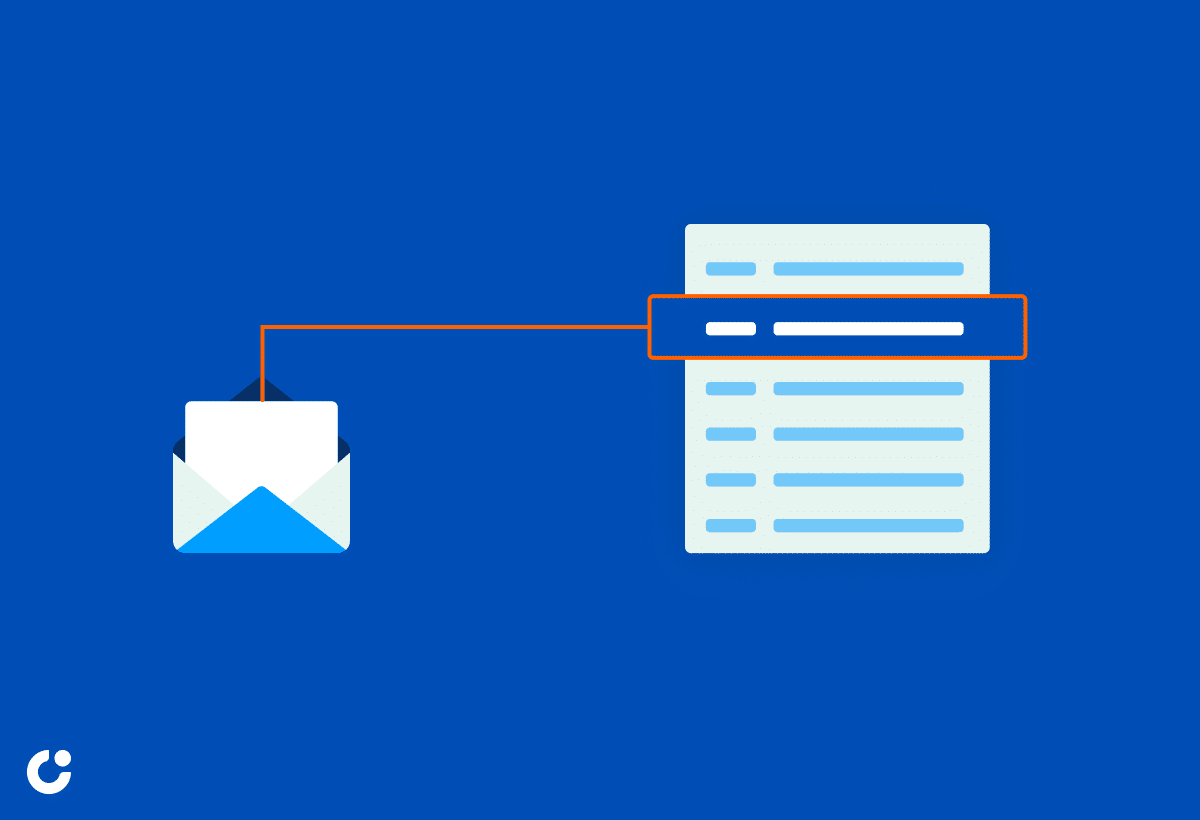Have you ever wondered about the hidden meanings behind common email greetings? In the professional world, email etiquette plays a crucial role in communication.
In this article, we will explore the significance of phrases like "I Hope This Email Finds You Well" and how to interpret them in different contexts. From appropriate greetings for various occasions to adding a touch of humor, we will delve into the world of polite email phrases and best practices for ending emails professionally.
Join us as we uncover the secrets of email etiquette and master the art of communication.
Key Takeaways:
Start emails with polite phrases to set a positive tone.
"I hope this email finds you well" is a common professional greeting that expresses good wishes.
Follow email etiquette by using appropriate greetings for different occasions and scenarios, and end emails professionally.
Decoding Email Etiquette: The Meaning Behind "I Hope This Email Finds You Well"
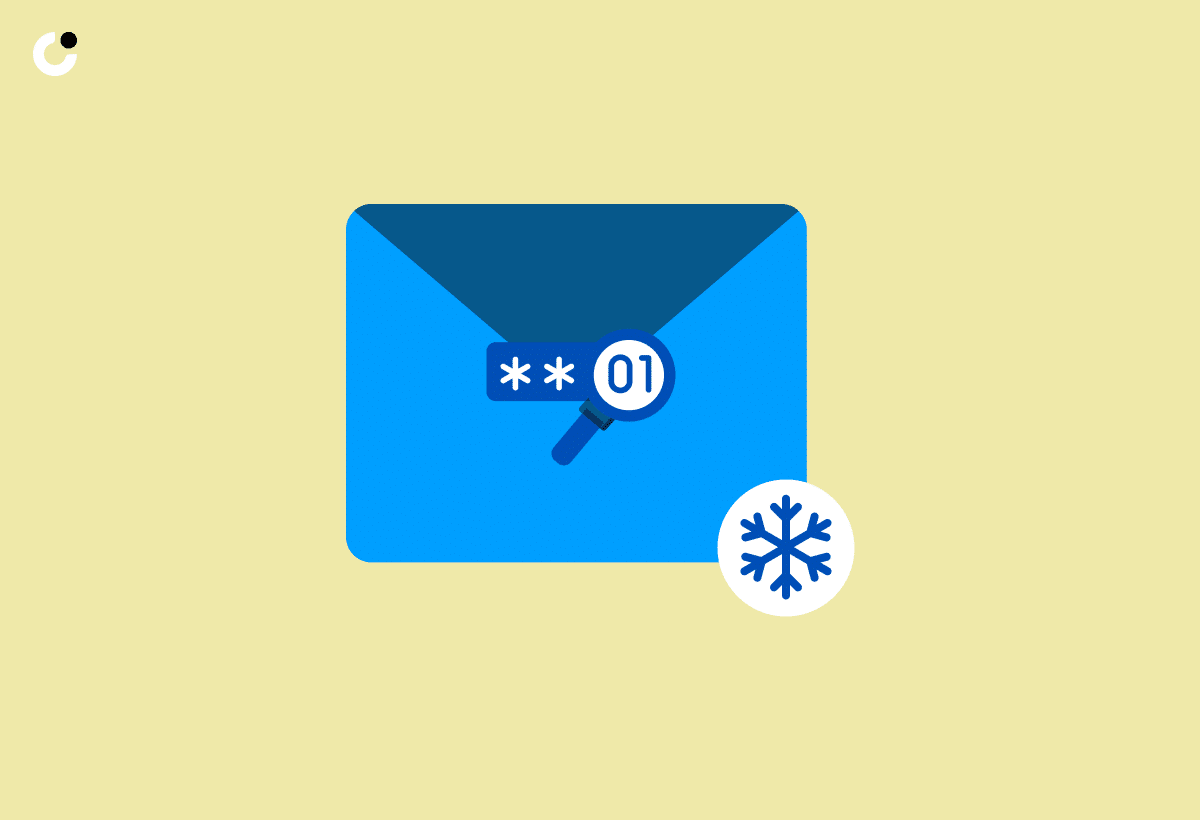
Decoding Email Etiquette: The phrase 'I Hope This Email Finds You Well' is often used in professional communication settings, but what does it truly signify about the sender's intentions and the dynamics of the email exchange at the workplace?
When someone opens an email with 'I Hope This Email Finds You Well,' it is a subtle way to convey a sense of goodwill and consideration. This seemingly innocuous phrase serves as a gentle acknowledgment of the recipient's well-being, introducing a touch of personal connection amidst the formalities. It sets a positive tone for the rest of the email, establishing a foundation of politeness and warmth.
The interpretation of this greeting can vary depending on the context. In a professional setting, it can strike a balance between formality and friendliness. It indicates a level of respect and etiquette without being overly casual or distant.
Introduction to Polite Email Phrases

Polite email phrases play a crucial role in fostering effective communication and maintaining professional decorum in various workplace interactions.
Choosing the right words and tone in emails showcases one's respect, consideration, and professionalism toward the recipient, thereby creating a positive impression. For instance, starting an email with 'Dear Mr./Ms. LastName' instead of a simple 'Hi' demonstrates formality and respect.
Closing an email with phrases like 'Thank you for your attention' or 'Looking forward to your response' exudes politeness and signifies anticipation of further communication. Striking a balance between friendliness and professionalism helps in building rapport while keeping the conversation respectful and productive.
Understanding the Phrase "I Hope This Email Finds You Well"
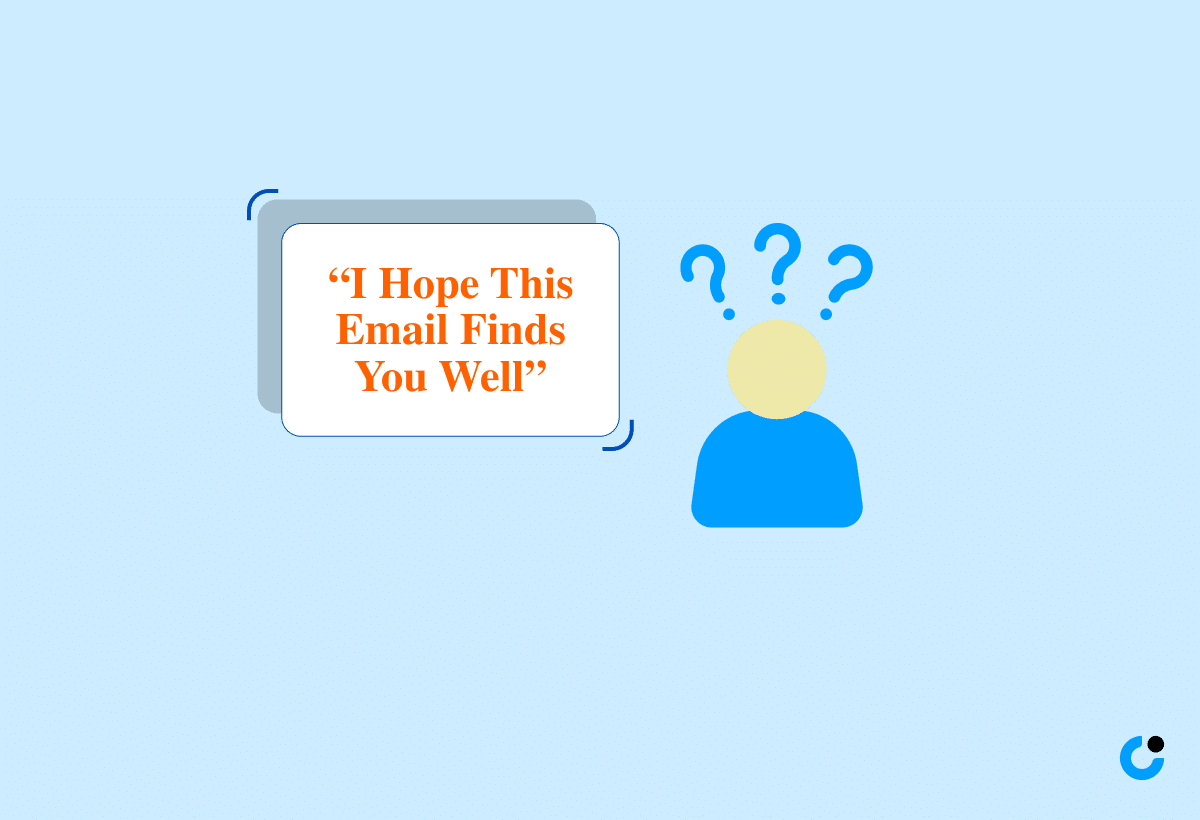
To truly understand the phrase I Hope This Email Finds You Well, one must consider the underlying professional etiquette and subtle implications it carries in email communication. The text is already well-formatted with HTML tags such as
and . It effectively conveys the information without the need for additional formatting.
Interpreting Professional Email Greetings

Professional email greetings set the tone for effective communication, reflecting the dynamics of workplace relationships and the level of formality in interactions.
The manner in which you address your recipient at the beginning of an email can significantly impact how your message is perceived. Interpreting these greetings correctly requires an understanding of the cultural context and professional norms.
A warm and casual 'Hello' may be suitable for colleagues with whom you share a friendly rapport but could come across as too informal when contacting a superior or a client. Conversely, starting with a more formal 'Dear Mr./Ms.' demonstrates respect and professionalism but might feel distant when writing to a close coworker.
It's crucial to adapt your greeting to the specific relationship and purpose of your communication, ensuring that your tone aligns with the desired level of familiarity and politeness. By selecting appropriate greetings, you can enhance the clarity and diplomacy of your emails, fostering positive and productive interactions in diverse workplace contexts.
Professional Email Introductions

Professional email introductions are the initial step in establishing a positive communication tone and setting the right impression in professional email exchanges.
When crafting a professional email introduction, it is crucial to keep it concise and relevant to the recipient. Incorporating a friendly greeting such as 'Hello' or 'Dear' followed by the recipient's name creates a warm and engaging tone. Including a brief mention of your name, position, and purpose of the email provides clarity and context. Utilizing professional language and avoiding slang or informal expressions helps maintain professionalism. Acknowledging the recipient's achievements or referring to common interests can personalize the introduction, making it more impactful.
Appropriate Greetings for Various Occasions

Choosing appropriate greetings for various occasions in professional emails is essential to convey respect, warmth, and professionalism in different settings. "
When reaching out for networking purposes, a more casual yet respectful greeting may be suitable to initiate a conversation on a positive note. On the other hand, when sending a follow-up email after an interview or a meeting, a more formal and appreciative greeting can leave a lasting impression of professionalism and gratitude.
Tailoring your greetings to match the specific context and your relationship with the recipient can help establish a strong foundation for effective communication. Remember, the right greeting sets the tone for the entire email and can significantly impact how your message is perceived.
Professional Greetings Etiquette
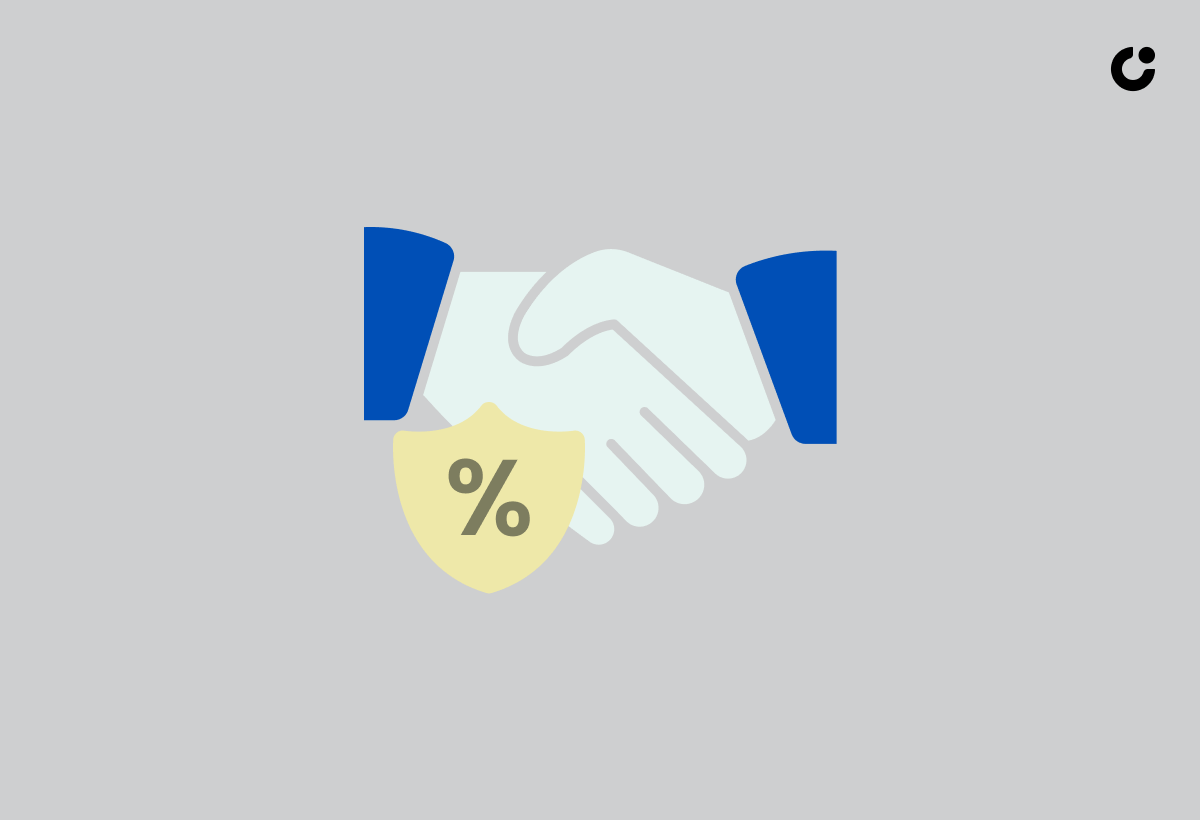
Mastering professional greetings etiquette involves understanding the subtleties of different greetings and their impact on fostering positive workplace relationships.
When crafting an email, the salutation sets the tone for the entire message and can convey respect, warmth, or professionalism. It is essential to consider the recipient's position and the relationship dynamics before choosing a greeting. For instance, 'Dear Mr. Smith' might be suitable for a formal client communication, while 'Hi Sarah' could be more appropriate for a colleague you work closely with.
Avoid using overly casual greetings like 'Hey' in professional emails as they can come across as disrespectful. Similarly, 'To whom it may concern' should be reserved for formal correspondence with unknown recipients. By paying attention to these details, you demonstrate cultural awareness and respect for your professional connections.
Greetings in Different Scenarios (e.g., Networking, Job Search, Follow-Up)

Tailoring greetings to different scenarios like networking, job search, or follow-up emails requires an understanding of the specific dynamics and expectations in each context.
When reaching out to new connections at networking events, a warm and professional greeting can set a positive tone for future interactions. Using a simple 'Hello' or 'Hi [Name],' followed by a brief introduction can be effective.
On the other hand, for formal job applications, starting with 'Dear Hiring Manager' or 'To Whom It May Concern' shows respect and acknowledges the recipient's role.
In follow-up emails, consider a friendly 'Hope you're doing well' or 'I trust this email finds you well' to maintain a warm yet professional relationship.
Group Email Greetings

Crafting group email greetings requires a delicate balance between inclusivity, professionalism, and clarity to ensure effective communication within a team or organization.
When addressing a diverse group, it's essential to acknowledge the various backgrounds, roles, and preferences of the recipients. Personalizing greetings by using inclusive language, such as 'Dear Team' or 'Hello Everyone,' can help establish a sense of unity and respect. It's important to steer clear of overly casual or overly formal language to strike the right tone.
Furthermore,
consider the cultural sensitivities of your audience;
be mindful of including everyone equally;
avoid gender-specific or exclusive terms;
and always ensure a clear and concise message.
By following these strategies, you can craft group email greetings that not only convey professionalism but also foster a harmonious and collaborative environment.
Adding Humor to Email Greetings
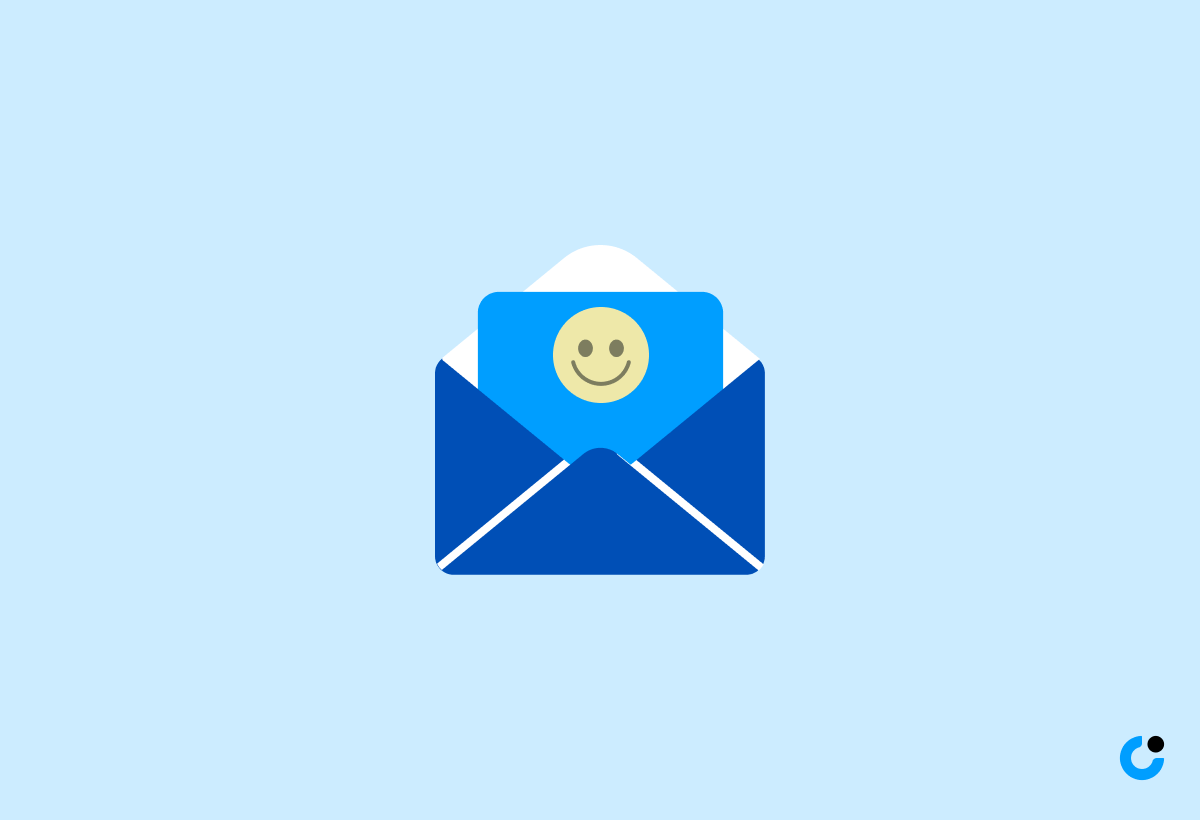
Injecting humor into email greetings can enhance rapport, lighten the communication tone, and create a more engaging and memorable interaction with colleagues or clients.
When done tastefully, adding a sprinkle of wit can make your emails stand out amidst the sea of mundane corporate correspondence. For instance, starting an email with a light-hearted joke or a witty observation can immediately grab the recipient's attention and set a positive tone for the rest of the message.
By incorporating humor, you not only break the ice but also demonstrate your approachability and ability to connect on a more personal level. This can foster stronger relationships, boost morale, and even diffuse tension in stressful situations.
Concluding Polite Email Phrases Effectively

Concluding email conversations with polite phrases is essential to leave a positive impression and maintain professionalism in professional communication exchanges.
Polite phrases not only serve as a common courtesy but also help in reinforcing a positive relationship with the recipient. Choosing the right closing remarks indicates respect for the recipient's time and effort and can lead to smoother communication in future exchanges.
Tailoring the closing statement according to the context and the recipient's familiarity level allows for a more personalized touch. For example, 'Warm regards' might be suitable for a colleague, while 'Sincerely' conveys a more formal tone for professional contacts.
The closing line is the final opportunity to express gratitude, convey well-wishes, or set the tone for future interactions.
Best Practices for Ending an Email Professionally

Adhering to best practices for ending emails professionally ensures that the final impression reflects courtesy, clarity, and respect for the recipient.
When wrapping up an email, it is crucial to select an appropriate sign-off that aligns with the tone of the message and your relationship with the recipient. Expressing gratitude for the recipient's time or assistance can go a long way in conveying appreciation. A simple 'Thank you' or 'Best regards' can add a personal touch to your closing remarks while maintaining a professional demeanor. Always aim to keep the closing concise and to the point, ensuring that it leaves a positive impact on the reader.
Summary and Key Takeaways
Mastering the art of polite email greetings and endings is crucial in navigating the subtleties of workplace communication dynamics and fostering positive relationships through email exchanges.
When crafting email greetings, it's essential to strike a balance between friendliness and professionalism to set the right tone for the conversation. Using courteous language and addressing the recipient by their appropriate title or name can help convey respect and establish a good rapport. Similarly, in conclusions, be clear and concise to avoid ambiguity, ensuring that your closing remarks reflect the purpose of the email and encourage further communication if needed.
Related Articles on Email Etiquette
Explore a variety of related articles on email etiquette that delve into intriguing topics such as overheard conversations in different languages, fascinating facts about language diversity, insights on thought processes in deaf individuals regarding language, universal words across various languages, unique language stories like the British Parrot speaking Spanish, and common sounds in spoken English.
These articles offer a rich tapestry of information on the nuances of email communication, exploring how language shapes our interactions and understanding of one another. From decoding cultural cues embedded within emails to navigating the complexities of tone and formality, each article provides valuable insights that can enhance your email-writing skills.
Discover practical tips on enhancing clarity and professionalism in your email correspondence or delve into the psychology behind language choices and their impact on communication dynamics. Whether you're looking to polish your professional communication or simply intrigued by the art of language, these articles offer a wealth of knowledge waiting to be explored.
Exploring Overheard Conversations in Different Languages
Exploring overheard conversations in different languages offers a unique perspective on language usage, cultural nuances, and the dynamics of multilingual interactions in various settings.
Language is not just a form of communication but a reflection of values, history, and social norms. When observing conversations in diverse languages, one can witness the beauty of expressions that encapsulate rich traditions and beliefs. The cadence of speech, accentuations, and even gestures play crucial roles in conveying meanings beyond mere words. Multilingual environments serve as melting pots where individuals bridge gaps through linguistic adaptations, creating nuanced dialogues that transcend borders and connect communities.
Fascinating Facts About Language Diversity
Delve into fascinating facts about language diversity, exploring the myriad of languages spoken worldwide, unique linguistic features, and the cultural significance of linguistic diversity.
Language diversity goes beyond mere communication; it reflects the intricate tapestry of human culture, history, and identity. From the tonal nuances of Mandarin Chinese to the rhythmic patterns of African languages, each language carries a story and meaning that connects individuals to their roots. Embracing linguistic diversity fosters cross-cultural understanding and empathy, breaking down barriers and fostering unity amidst differences. It is a powerful tool for preserving heritage and enriching global discourse, emphasizing the beauty and resilience found in the world's linguistic kaleidoscope.
Insights on Thought Processes in Deaf Individuals Regarding Language
Gain valuable insights into the thought processes of deaf individuals concerning language, communication strategies, and the unique perspective they bring to language usage and understanding.
Deaf individuals navigate the world of language in fascinating ways, often relying on visual cues, facial expressions, and body language to convey meaning.
Sign language, a vital mode of communication in Deaf culture, not only replaces spoken words but also embodies a distinct linguistic structure and syntax.
This visual-gestural form of communication opens up a whole new realm of linguistic expression, showcasing the creativity and adaptability of human communication. Deaf communities worldwide contribute richly to the study of language by offering fresh perspectives on the intricacies of linguistic diversity and the universality of human expression.
Universal Words Across Various Languages
Discover universal words that transcend language barriers and cultural boundaries, exploring the shared meanings, expressions, and emotions conveyed through these cross-cultural linguistic elements.
One such universal term is 'home,' which encapsulates a sense of comfort and belonging across various languages around the world. The word 'love' is another powerful example, representing deep affection and connection universally. Additionally, 'thank you' symbolizes gratitude and politeness in every culture. These words serve as linguistic bridges, allowing people to connect on a fundamental level, despite differing backgrounds and languages.
Unique Language Stories, Such as the British Parrot Speaking Spanish
Embark on a journey through unique language stories, such as the British Parrot speaking Spanish, that showcase the fascinating and unexpected ways in which languages interact and evolve across diverse contexts.
Language is a dynamic tool, often transcending human boundaries to create moments of awe and connection. Whether it's the rhythmic clicks of South African languages or the intricate tonal nuances of Mandarin, communication serves as a bridge connecting individuals and communities worldwide. One remarkable tale tells of a stray dog in Russia that learned to wait at a subway station for his homeless owner's return, understanding subtle verbal cues.
Culture and language intertwine seamlessly, shaping experiences, beliefs, and ways of expression. In the urban jungles of Tokyo, the efficient use of polite language mirrors the deep respect embedded in Japanese societal norms. Similarly, the silent conversations between elephants, conveyed through infrasound rumbles audible over miles, illustrate the profound complexity of interspecies dialogue.
Common Sounds in Spoken English
Explore the common sounds in spoken English that shape the phonetic landscape of the language, distinguishing accents, dialects, and speech patterns across different English-speaking regions.
These regional variations create a vivid mosaic of linguistic diversity, from the crisp consonants of received pronunciation in England to the drawling vowels of the southern United States. In Yorkshire, the elongation of vowels gives rise to a melodic quality, while in Australia, the tendency to flatten certain vowels can lend a casual lilt to speech.
The impact of these variations goes beyond mere auditory differences. They shape perceptions of identity, social status, and even intelligence. Accents can evoke feelings of familiarity or exoticism, influencing how people are perceived in various contexts.
Frequently Asked Questions
What does "I hope this email finds you well" actually mean?
This phrase is commonly used as a polite greeting in email communication, and it simply means that the sender hopes the recipient is doing well.
Is "I hope this email finds you well" necessary in every email?
While it is not required, it is often seen as a polite way to start an email and can set a positive tone for the rest of the message.
What if the recipient is not actually doing well?
In this case, the phrase may come across as insincere or even dismissive. It is important to consider the recipient's current situation before using this greeting.
Does "I hope this email finds you well" have any hidden meanings?
No, this phrase is simply a polite way to start an email and does not have any hidden meanings.
Are there any alternatives to "I hope this email finds you well"?
Yes, there are many other ways to greet someone in an email such as "Hello," "Hi," or "Greetings." It is always a good idea to vary your greetings to avoid sounding repetitive.
Should I respond to "I hope this email finds you well" in my reply?
It is not necessary to directly respond to this phrase, but you can acknowledge it by saying something like "Thank you, I am doing well. How about you?" or simply continue with your reply.

